Minimalist design isn’t just a style—it’s a lifestyle that promotes mental well-being. By simplifying your space and focusing on what truly matters, you can create a home that feels as good as it looks. Here are 10 ways minimalist decor can help reduce stress and anxiety.
Minimalist Bedrooms for Better Sleep
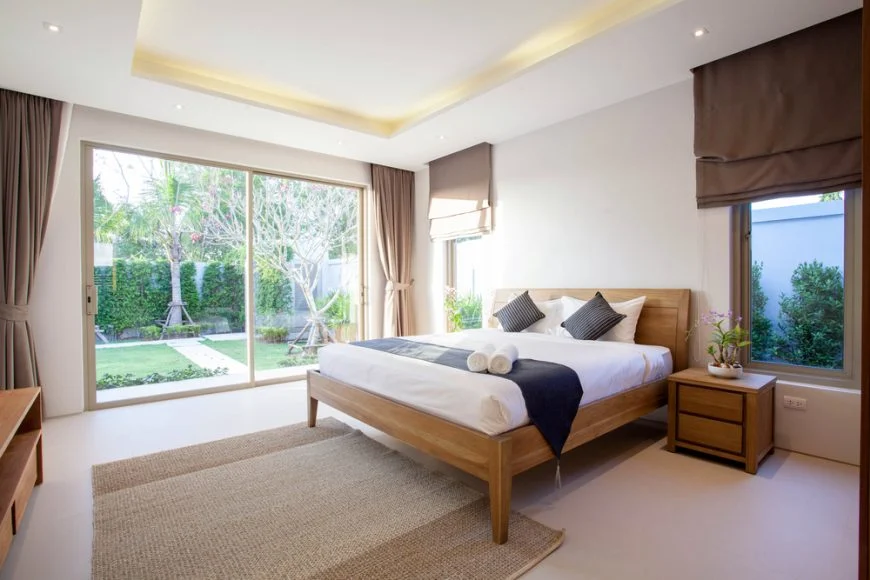
Your bedroom design significantly impacts your ability to get quality sleep, a key factor in managing stress. A minimalist approach—removing clutter and focusing on essential furnishings—creates a calming atmosphere ideal for relaxation. Surprisingly, even seeing clutter before bed can overstimulate your mind, making it harder to wind down. Keeping surfaces tidy and incorporating soothing colors can help signal your brain that it’s time to rest, promoting deeper, more restorative sleep.
Simplified Spaces Foster Mindfulness
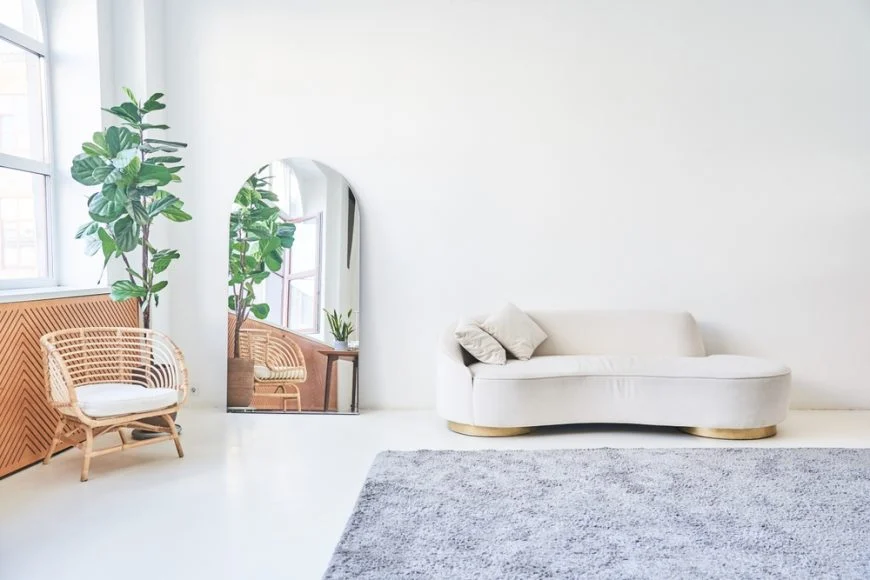
Minimalist spaces naturally encourage mindfulness by eliminating distractions. With fewer visual elements vying for your attention, it becomes easier to stay present. To enhance mindfulness, surround yourself with meaningful objects or calming artwork. A simple yet effective idea is to create a meditation nook with just a cushion and a plant, providing a serene space for daily mindfulness practice.
Incorporating Nature for a Calmer Home

Bringing natural elements into your home can greatly enhance relaxation and well-being. Plants not only improve air quality but also add a soothing, organic touch to your space. For a unique and practical twist, consider setting up a small indoor herb garden. Caring for it can become a peaceful, stress-relieving ritual.
Minimalist Decor Reduces Overstimulation
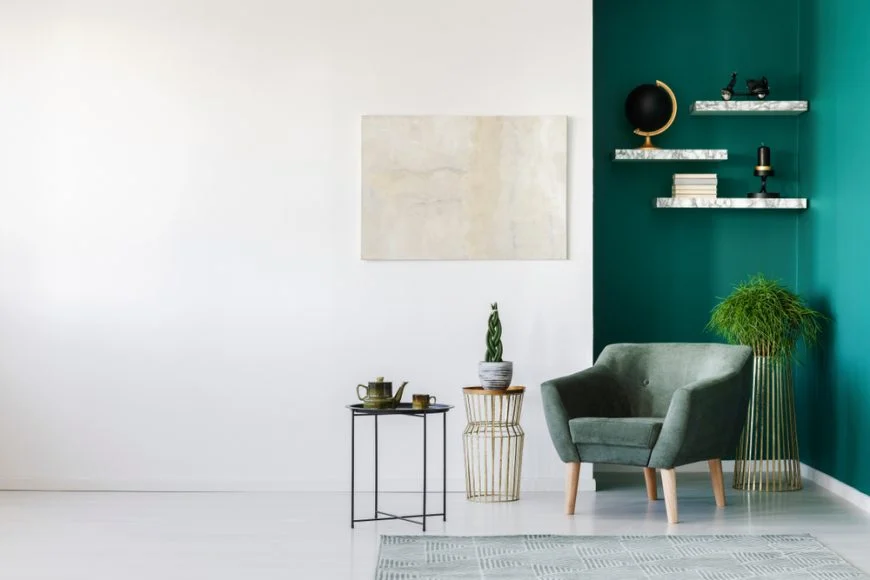
Too much decor can lead to sensory overload, heightening stress levels. Minimalist design focuses on quality over quantity, encouraging you to choose a few meaningful pieces instead of crowding your space with trinkets. An often-overlooked feature of minimalist decor is the intentional use of negative space, which gives your eyes and mind a chance to rest, creating a more balanced and calming environment.
Clean Lines Create a Sense of Calm
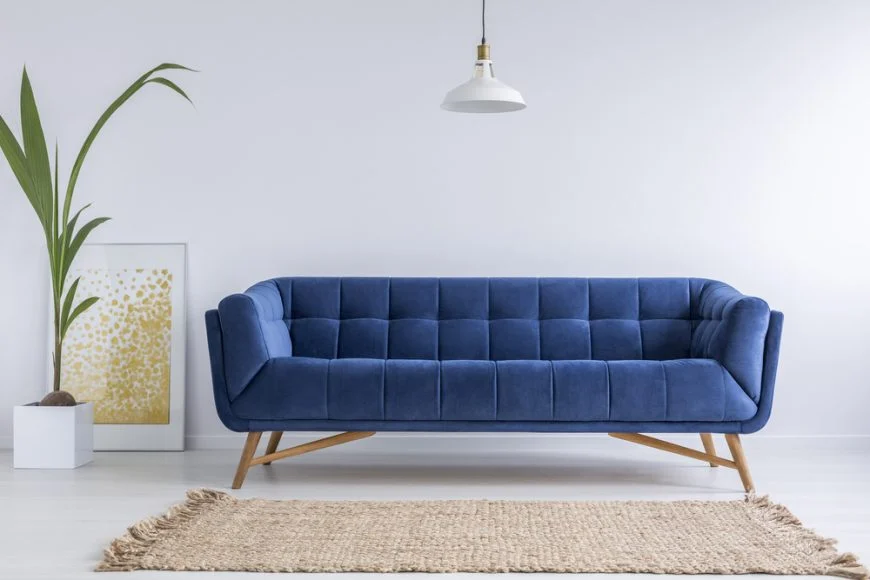
The focus on clean, straight lines in minimalist design goes beyond aesthetics—it fosters a sense of order and stability, offering comfort in an often chaotic world. Furniture with simple shapes and understated finishes contributes to a harmonious environment, helping to clear mental clutter and promote relaxation.
Thoughtful Furniture Choices Enhance Harmony
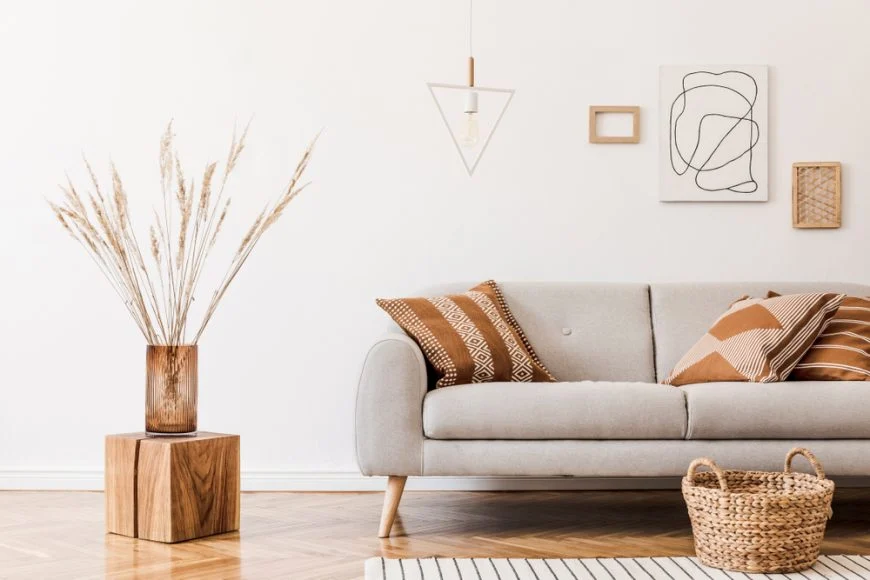
Selecting furniture that is both functional and essential reduces distractions and creates a more intentional living space. Minimalism emphasizes quality over quantity, encouraging multipurpose pieces. For instance, a storage ottoman doubles as seating and a place to stow items, keeping your home organized and stress-free.
Natural Light: A Boost for Mood and Well-Being
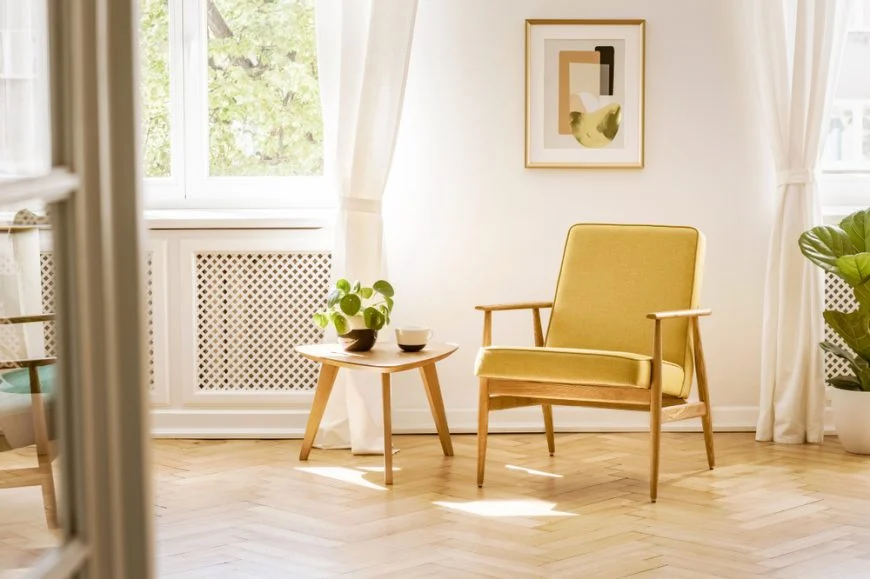
Maximizing natural light is a key element of minimalist design, offering significant mental health benefits. Daylight exposure increases serotonin levels, enhancing mood and reducing anxiety. Simple adjustments, such as using sheer curtains or placing mirrors to reflect light, can naturally brighten your home. Interestingly, natural light also plays a vital role in regulating your circadian rhythm, which helps alleviate stress and supports better sleep.
Open Layouts: Freedom in Your Living Space
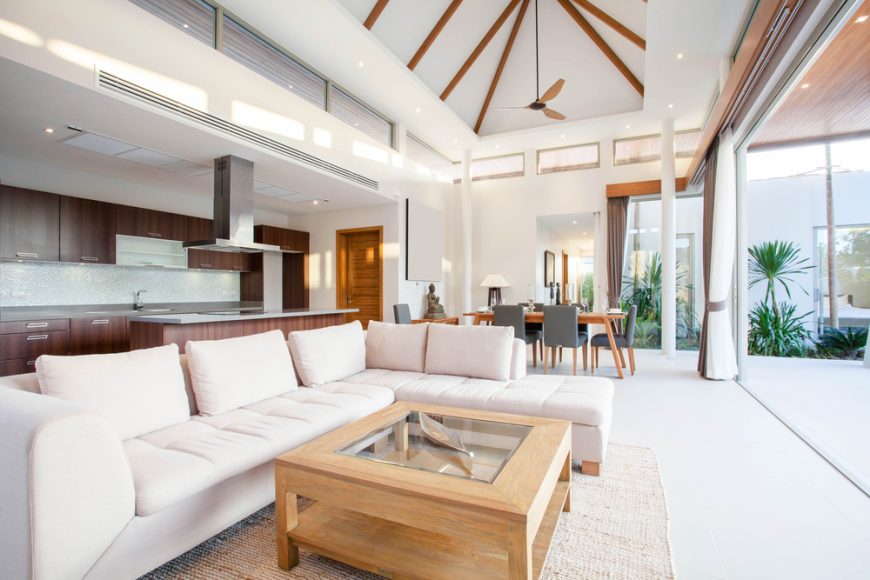
Open, airy layouts contribute to a sense of freedom and reduce feelings of confinement, directly lowering stress. Removing unnecessary walls or partitions and embracing open floor plans encourages a seamless flow throughout your home. Even in smaller spaces, thoughtful furniture arrangements that promote easy movement can make your environment feel more expansive and relaxing.
Simplified Color Palettes for a Calming Atmosphere
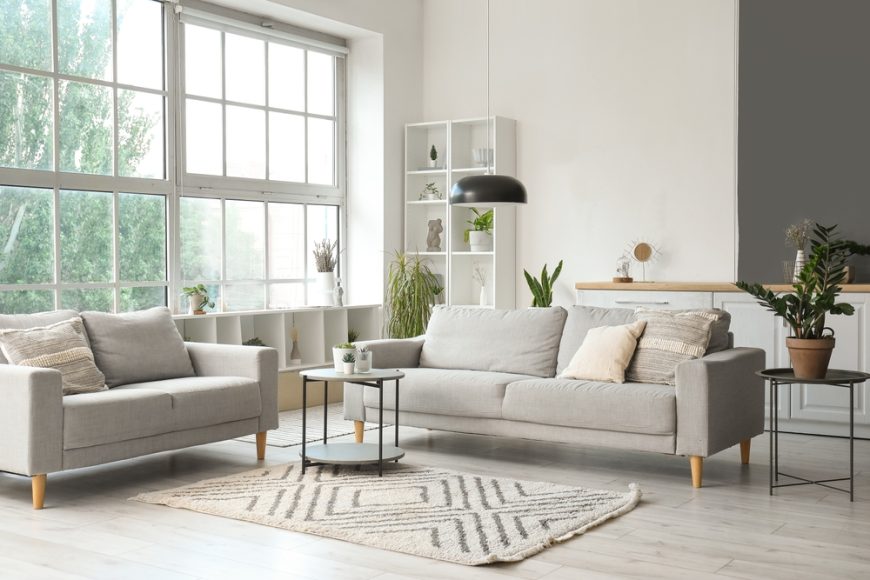
Colors play a powerful role in shaping emotions. Minimalist design embraces neutral and harmonious tones, such as soft grays, warm whites, and muted earth shades, to create a peaceful ambiance. To prevent the space from feeling overly sterile, consider adding subtle pops of color with accessories like cushions or artwork, striking a balance between tranquillity and vibrancy.
Clutter-Free Spaces for Mental Clarity

The heart of minimalist design lies in eliminating clutter. A tidy, organized environment reduces mental overload, improving focus and lowering stress. Adopting habits like the “one in, one out” rule can help maintain this sense of order over time, ensuring your space remains a source of clarity and calm.


